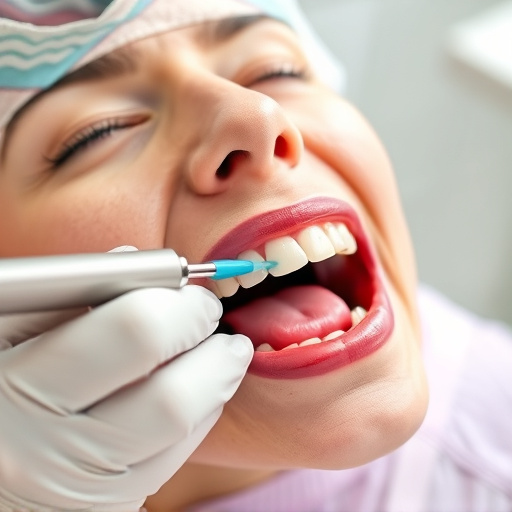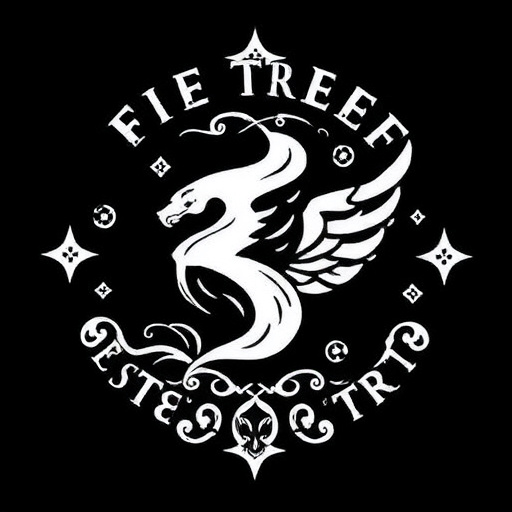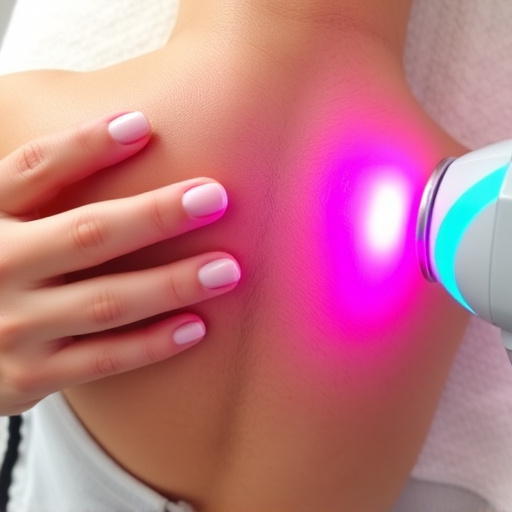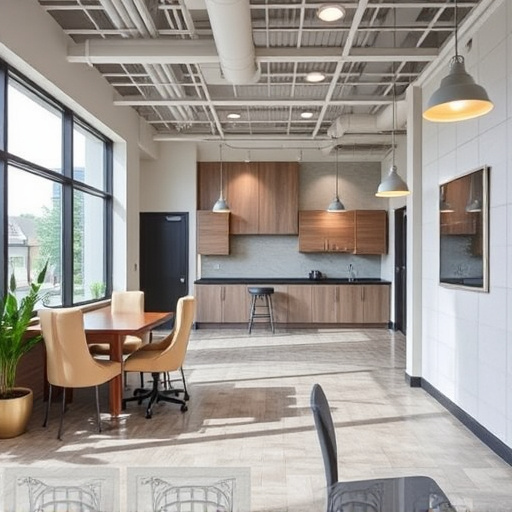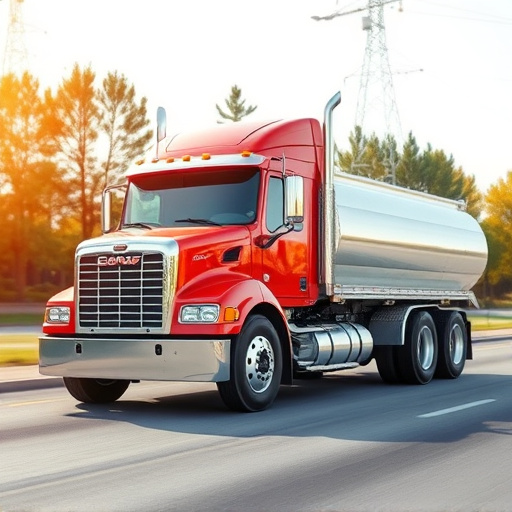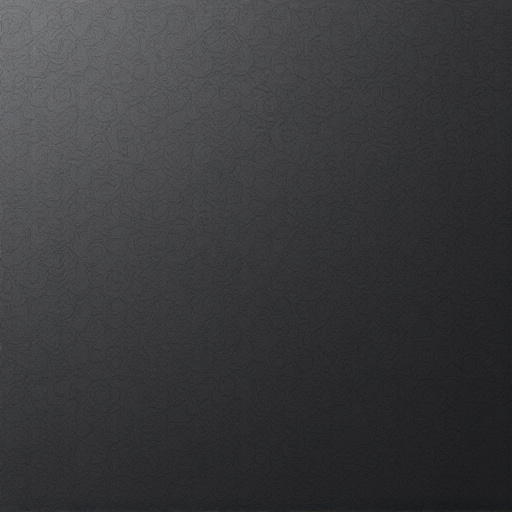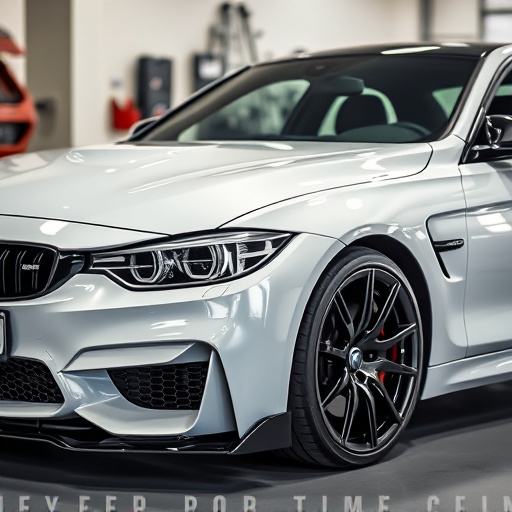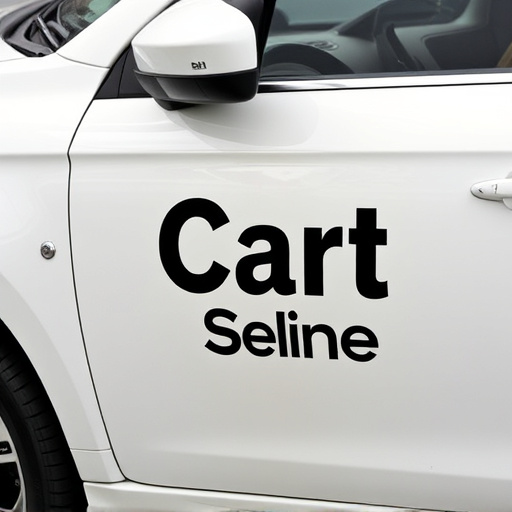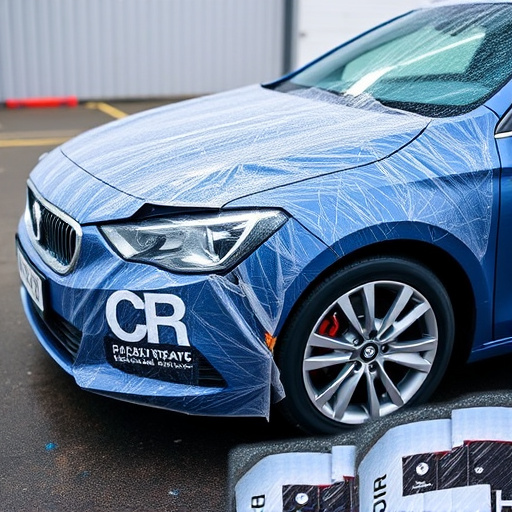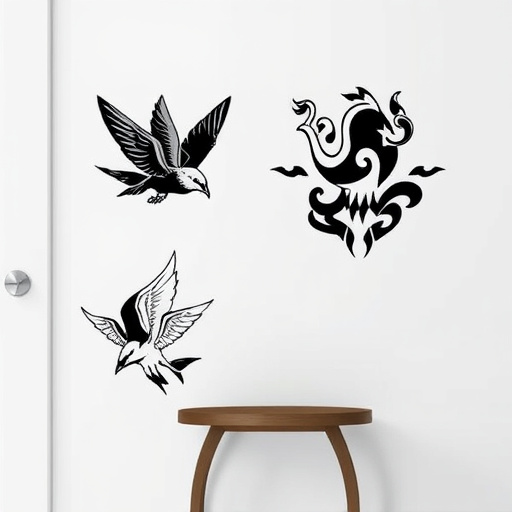Car graphic design offers full and partial wraps as visual transformations. Full wraps provide bold artistic statements ideal for high-visibility business promotion but require stringent production and seamless design integration challenges. Partial wraps are more subtle, focusing on specific vehicle features while preserving original aesthetics, offering easier maintenance, design evolution flexibility, and cost savings. Both options, along with automotive detailing and paint protection film, enhance aesthetics and protect vehicles, catering to diverse car graphic design needs.
In the realm of car graphic design, choosing between a full wrap or partial wrap is a crucial decision. This article delves into the comparative analysis between these two popular options, examining their visual impact, design flexibility, and cost implications. Whether you’re enhancing a fleet of vehicles or creating a mobile billboard, understanding the advantages and disadvantages of full versus partial wraps will empower you to make an informed choice that best suits your needs and budget.
- Full Wrap vs Partial Wrap: Visual Impact
- Design Flexibility and Application
- Cost Considerations and Benefits
Full Wrap vs Partial Wrap: Visual Impact

In the realm of car graphic design, the choice between a full wrap and partial wrap can significantly alter the visual appeal of a vehicle. Full wraps, as the name suggests, cover the entire car with graphic elements, offering a complete transformation that’s sure to turn heads. This bold approach allows designers to create a cohesive, eye-catching look that serves as a canvas for their artistic vision. From vibrant colors to intricate patterns, full wraps can convey a powerful message or brand identity, making them ideal for businesses aiming to maximize visibility on the road.
On the other hand, partial wraps provide more subtlety by only covering specific areas of the vehicle, such as the doors, hood, or trunk. This strategy allows for a more nuanced design, highlighting certain features while maintaining the car’s original aesthetics in other sections. Using techniques like paint protection film or ceramic window tinting, designers can enhance the graphics with added protection and customization. For those seeking a unique look without the all-out transformation, partial wraps offer a flexible solution that still commands attention, making them a popular choice for personalizing vehicles while keeping some originality intact.
Design Flexibility and Application

When it comes to car graphic design, whether choosing a full wrap or partial wrap, designers and owners must consider the level of flexibility each option offers. A full wrap allows for complete customization, enabling artists to transform the entire vehicle into a canvas. This makes it ideal for bold, eye-catching designs that tell a story or promote a brand. Every inch of the car can be utilized, leading to unique visual experiences. However, this level of coverage also means more stringent production requirements and potential challenges in achieving seamless integration between different design elements.
On the other hand, partial wraps offer designers a more focused approach. By targeting specific areas, such as doors, hoods, or fenders, artists can create targeted designs that highlight specific features of the vehicle while leaving other parts with their original finishes. This flexibility is particularly beneficial for those seeking to enhance their car’s appearance without completely altering its look. It also allows for easier maintenance and the potential to change designs over time, ensuring the car stays fresh and relevant. With partial wraps, the focus shifts from complete transformation to strategic enhancement, aligning perfectly with the notion of high-quality finishes and preserving the original aesthetics while adding a touch of customization.
Cost Considerations and Benefits
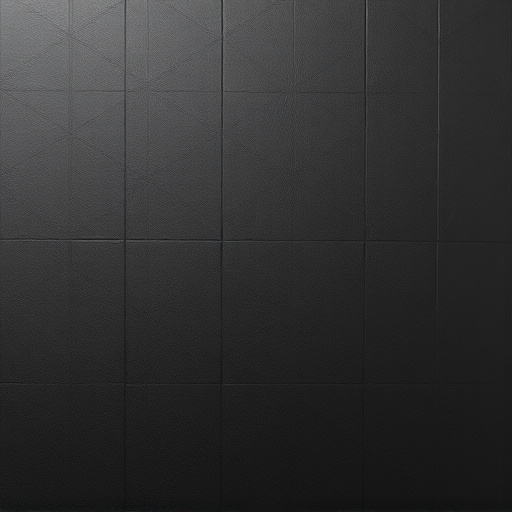
When considering full wrap versus partial wrap for car graphic design, cost is a primary factor. Full wraps, which cover the entire vehicle, require more material and labor, making them generally more expensive. This option offers unparalleled customization and branding opportunities, allowing designers to transform a car into a rolling billboard. However, the higher upfront costs can be offset by increased brand exposure and potential return on investment over time, especially for businesses heavily reliant on mobile advertising.
Partial wraps, on the other hand, provide a more cost-effective solution, focusing on specific sections of the vehicle like doors, hoods, or trunks. This option is ideal for those looking to enhance their vehicle’s appearance with subtle design elements or add a unique touch without breaking the bank. While offering less extensive customization compared to full wraps, partial wraps still allow for significant visual improvements and can significantly enhance the overall aesthetic appeal of a car, all while maintaining a more manageable budget. Automotive detailing and paint protection film (PPF) are often considered as additional value-added services that can further elevate the look and protect the vehicle’s finish, contributing to both aesthetics and long-term vehicle enhancement.
In the realm of car graphic design, choosing between full wrap and partial wrap depends on your creative vision and practical considerations. Full wraps offer a vibrant, bustling tapestry that completely transforms the vehicle’s landscape, making it a true game changer for attention-grabbing. However, partial wraps provide flexibility, allowing designers to focus on specific areas while keeping costs lower, which is essential for many projects. Ultimately, the decision should align with your design goals and budget, ensuring an effective visual impact without breaking the bank.
